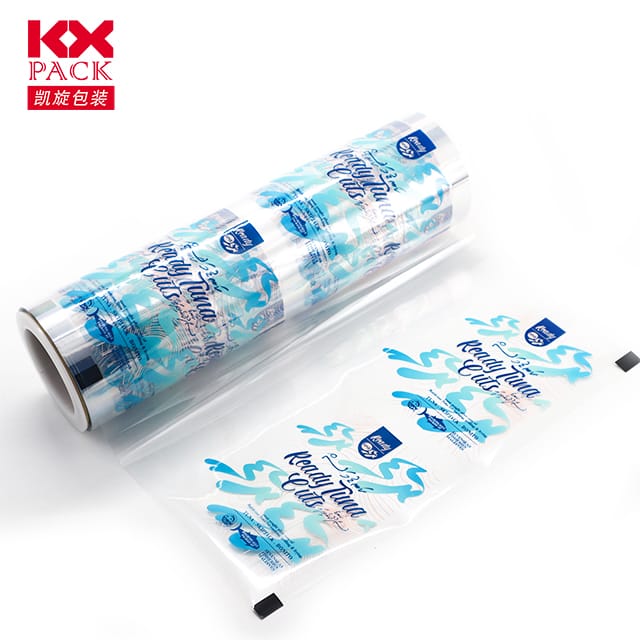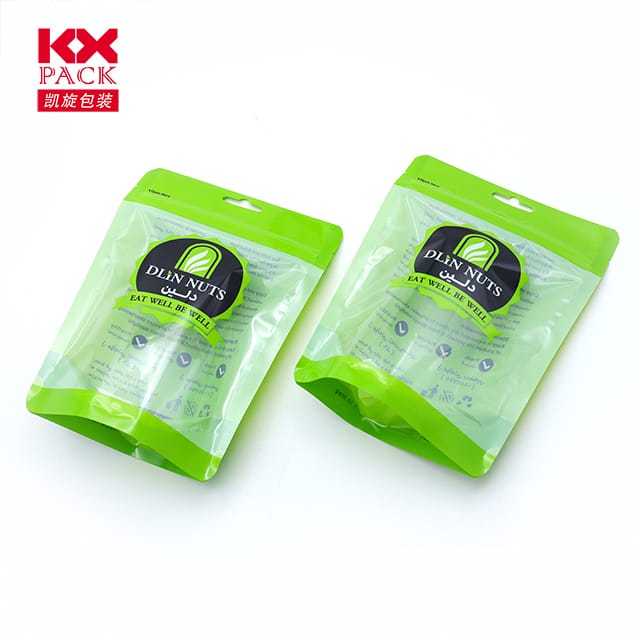Understanding the Key Properties of Flexible Packaging Films: A Guide for Modern Packaging Solutions
ฟิล์มบรรจุภัณฑ์ที่ยืดหยุ่น
ในตลาดผู้บริโภคที่รวดเร็วของวันนี้, ฟิล์มบรรจุภัณฑ์ที่ยืดหยุ่น have emerged as a game-changer, offering lightweight, คุ้มค่า, and versatile solutions for product protection and presentation. From snacks and beverages to pharmaceuticals and industrial goods, these films are engineered to meet diverse needs while balancing performance, ความยั่งยืน, and branding. Let’s delve into the core properties that define flexible packaging films and their impact on product success.
1. คุณสมบัติอุปสรรค: The Shield Against Contamination
ฟิล์มบรรจุภัณฑ์ที่ยืดหยุ่น are designed to act as a barrier against external elements like oxygen, ความชื้น, แสงสว่าง, and odors. เช่น:
- การตีป๊อป (โพลีโพรพีลีนที่มุ่งเน้นแบบสอง) excels in moisture resistance, making it ideal for snack packaging and hygiene products.
- ระวัง (polyethylene terephthalate) combines transparency with high tensile strength and gas barrier properties, ensuring freshness for food and pharmaceuticals.
- ไนลอน (ป้า) offers superior oxygen barrier capabilities, often used in high-performance laminates for meat and cheese packaging.
- อีโวห์ (แอลกอฮอล์เอทิลีนไวนิล) layers enhance oxygen resistance in multilayer structures, extending shelf life significantly.
Why it matters: Effective barrier properties prevent spoilage, maintain product integrity, and reduce food waste—a critical consideration for sustainability-focused brands.
2. ความแข็งแรงเชิงกล: Durability in Motion
Packaging must withstand handling, การขนส่ง, and storage without compromising contents. Key mechanical properties include:
- Tensile Strength: Measures resistance to breaking under tension. BOPET and BOPA (Biaxially Oriented Polyamide) films are renowned for their high tensile strength, ensuring durability during transit.
- ความต้านทานการเจาะ: Critical for products with sharp edges (เช่น, frozen foods). Nylon-based films or co-extruded structures with thick layers excel here.
- Elongation at Break: Indicates how much a film can stretch before tearing. High elongation (เช่น, LDPE films) is ideal for irregularly shaped products like toys or tools.
- Tear Strength: Prevents propagation of tears once initiated, crucial for bags and pouches.
Real-world example: A study on BOPP films showed their ability to withstand 90°C thermoforming without losing structural integrity, making them suitable for rigid-like packaging with flexible benefits.
3. คุณสมบัติทางแสง: The Power of Visual Appeal
ฟิล์มบรรจุภัณฑ์ที่ยืดหยุ่น is often the first interaction consumers have with a product. Optical properties include:
- ความโปร่งใส: BOPET and BOPP films offer crystal-clear visibility, enhancing product appeal for items like fresh produce or confectionery.
- Gloss: High-gloss finishes create a premium look, often achieved through metallization or coating layers.
- Haze: Low haze values ensure clarity, while matte finishes can reduce glare for a sophisticated aesthetic.
Branding tip: Use high-quality printing on films like BOPP (which supports vibrant colors and graphics) to create eye-catching designs that stand out on shelves.
4. Thermal Properties: Adapting to Process and Environment
Packaging films must perform under varying temperatures:
- ความสามารถในการปิดผนึกความร้อน: LDPE and co-extruded films seal reliably at low temperatures, reducing energy costs during production.
- Thermoformability: Films like BOPE (โพลีเอทิลีนที่มุ่งเน้นไปที่ bixially) can be molded into custom shapes (เช่น, trays for ready-to-eat meals) without cracking.
- Heat Resistance: Nylon films withstand high processing temperatures (up to 260°C for PA66), making them suitable for retort packaging (sterilized products).
Case study: A coffee brand switched to a BOPET/aluminum laminate, leveraging its heat resistance to maintain freshness in hot-fill applications while reducing packaging weight by 30%.
5. ความยั่งยืน: อนาคตของบรรจุภัณฑ์
As environmental concerns grow, flexible films are evolving to meet eco-conscious demands:
- Biodegradability: ฟิล์มที่ทำจาก PLA (กรด polylactic) or starch blends decompose naturally, reducing landfill waste.
- Compostability: Certified compostable films (เช่น, those meeting EN 13432 standards) break down in industrial composting facilities.
- การรีไซเคิล: โครงสร้างวัสดุโมโน (เช่น, all-PE pouches) ทำให้สตรีมรีไซเคิลง่ายขึ้น, while down-gauging reduces material use without sacrificing performance.
Innovation spotlight: A leading packaging company developed a recyclable PE/EVOH laminate, balancing barrier properties with circular economy goals.
6. ความต้านทานสารเคมี: Protecting Product Purity
Films must resist degradation from contents like oils, acids, or solvents:
- ไนลอน (ป้า) resists aromatic hydrocarbons, making it ideal for chemical packaging.
- PVDC (Polyvinylidene Chloride) coatings enhance chemical resistance but face regulatory scrutiny due to environmental concerns.
- Co-extruded structures combine materials (เช่น, PE/PA/EVOH) to create tailored resistance profiles.
Choosing the Right Film: A Balancing Act
Selecting a flexible packaging film involves aligning properties with product needs:
- อาหาร: Prioritize barrier properties (ออกซิเจน, ความชื้น) and compliance with food-grade regulations (เช่น, องค์การอาหารและยา, สหภาพยุโรป).
- เภสัชกรรม: Focus on chemical resistance, light barrier, and tamper-evident features.
- Industrial goods: Emphasize puncture resistance and thermal stability for heavy-duty applications.
บทสรุป
Flexible packaging films are a testament to innovation in material science, offering a blend of protection, ผลงาน, และความยั่งยืน. By understanding their properties—from barrier strength to thermal adaptability—brands can design packaging that not only safeguards products but also enhances consumer experience and reduces environmental impact. เมื่อเทคโนโลยีก้าวหน้าไป, expect even smarter films that integrate smart sensors, active barriers, และ 100% recyclability, redefining the future of packaging.
พร้อมที่จะอัพเกรดบรรจุภัณฑ์ของคุณ? Explore material testing services to evaluate film properties like oxygen transmission rate (OTR) or seal strength, ensuring your solution meets exacting standards. 🌍📦







